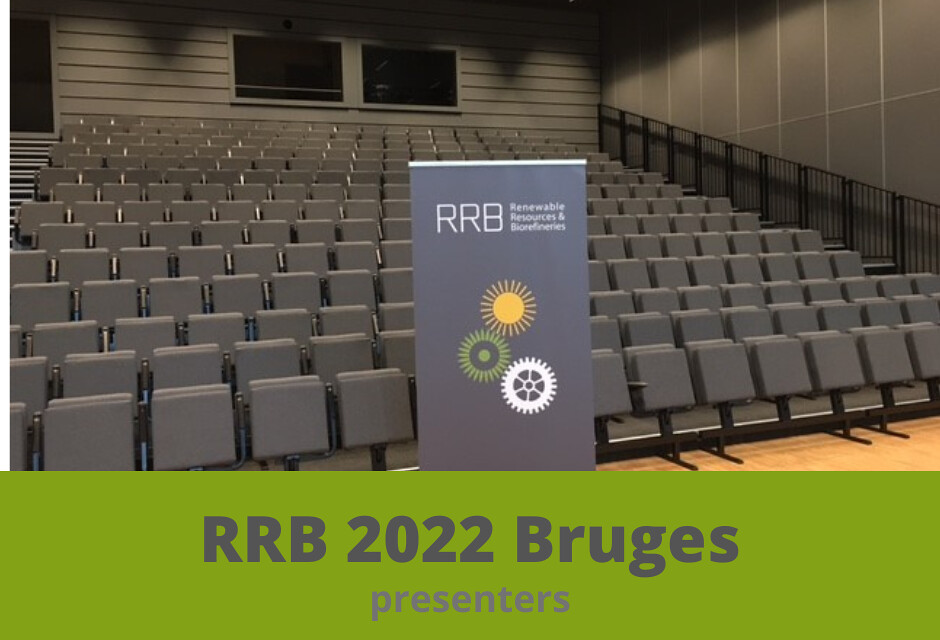Electrifying Organic Synthesis, abstract below, was presented by Siegfried Waldvogel, at RRB Conference, 1-3 June 2022 (https://rrbconference.com/programme-2022/)
The direct use of electrochemistry for the generation of reactive intermediates can have major advantages towards conventional synthetic strategies.[1] Less or no reagent waste is generated and new reaction pathways are accessible.[2] In order to exploit the electricity driven conversions for synthetic purposes and to install unique selectivity two modern approaches will be outlined:
- Solvent-controlled selective dehydrogenative cross-coupling reactions: A key for this is the use of boron-doped diamond anodes and fluorinated alcohols within the electrolyte.[3] This methodology opened new pathways for innovative and scalable arylation reactions.[4]
- New electrode systems for the anodic and cathodic conversion to value-added organic compounds. These systems are capable to go beyond common limits in electro-organic synthesis. These strategies are specific use for the conversion biomass such as lignin or pyrolysis oil.
The working horse to identify suitable electrolytic conditions is the electrosynthetic screening approach. This strategy gives also rise to fast optimization and subsequent scale-up.[5]
References:
[1] E.J. Horn, B.R. Rosen, P.S. Baran, ACS Cent. Sci. 2 (2016) 302-307.
[2] a) S. Möhle, M. Zirbes, E. Rodrigo, T. Gieshoff, A. Wiebe, S. R. Waldvogel, Angew. Chem. Int. Ed. 57 (2018) 6018-6041; b) A. Wiebe, T. Gieshoff, S. Möhle, E. Rodrigo, M. Zirbes, S. R. Waldvogel, Angew. Chem. Int. Ed. 57 (2018) 5594-5619.
[3] L. Schulz, S.R. Waldvogel, Synlett 30 (2019) 275-286.
[4] S.R. Waldvogel, S. Lips, M. Selt, B. Riehl, C.J. Kampf, Chem. Rev., 118 (2018) 6706-6765. [5] C. Gütz, B. Klöckner, S.R. Waldvogel, Org. Process Res. Dev. 20 (2016) 26-32

